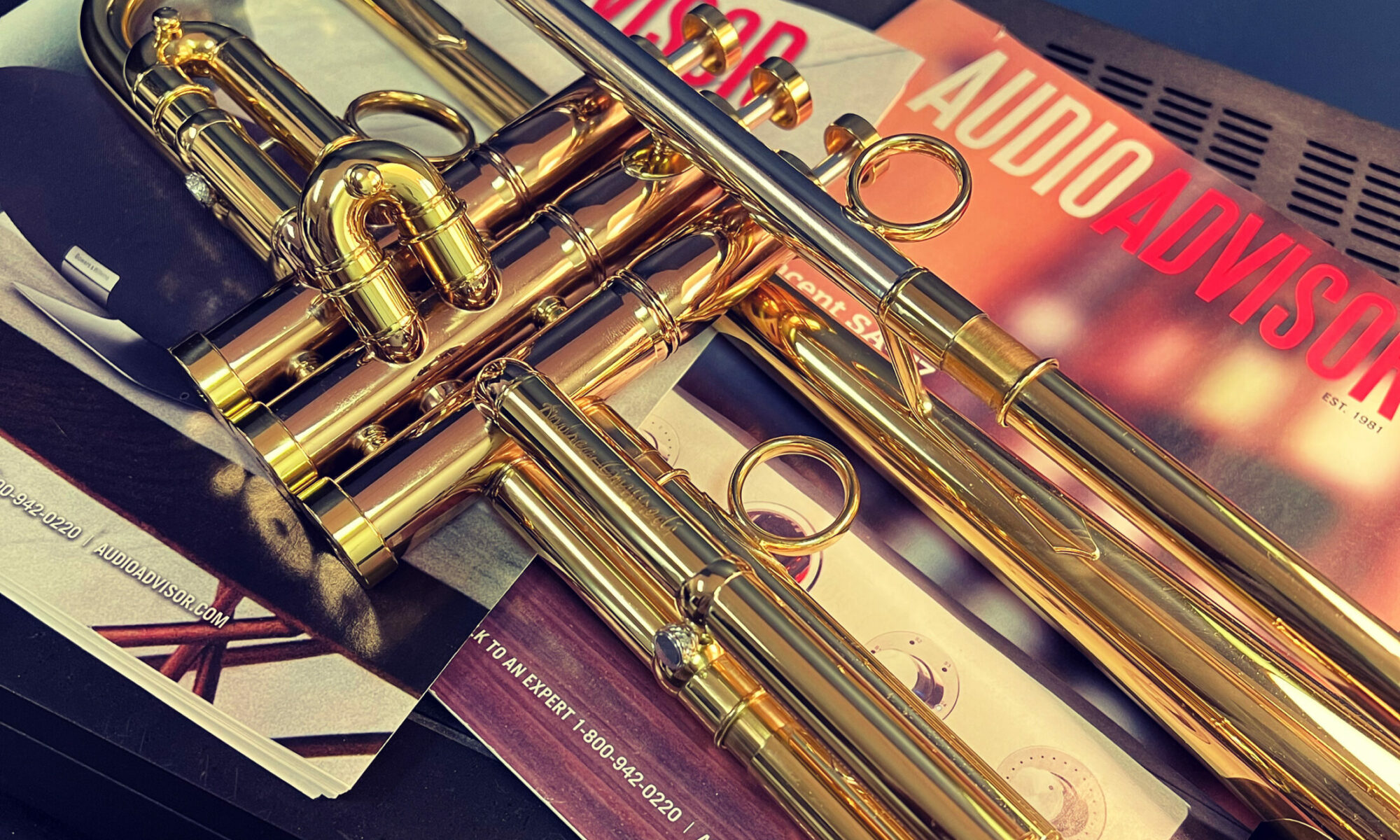As many of my students know, I use analogies almost constantly in lessons. Most teachers find having multiple ways to explain a concept is helpful in connecting with a student. Analogies are one of those ways, so I’ve decided to create and devote a topic series based on some that I have used over the years.
The first analogy I’ll discuss has to do with breathing and relating it to a golf swing. I’ll give credit where it is due; I first learned the basic idea of this analogy from Kevin Hartman, Professor of Trumpet at UW-Milwaukee. I’ve since come to the conclusion that there are three prominent features common to good breathing and a good golf swing: relaxation, the absence of hesitation, and fullness.
A great golfer has a relaxed swing. Watch PGA level golfers and you’ll see what I mean. Tiger Woods, Vijay Singh, Fred Couples, and Jack Nicklaus (and many others) have a smooth, nearly effortless swing. Nothing is forced, yet each is capable of great power. Compare them with say Adam Sandler in the movie Happy Gilmore. Obviously, the movie is pure fiction, but walking or running up to the ball and “gripping and ripping it” generally produces unpredictable and erratic results at best. In my very humble golfing experience, I hit the ball a much greater distance with more accuracy when using a gentile, relaxed swing versus a more forced, “muscled” type swing. I have the same experience with breathing. When the muscles of the abdomen, chest, shoulders, back, and throat are relaxed, more air can be moved with less effort. Think a yawn-type breath versus trying to blow out a candle six feet away. This translates into a purer, more colorful, immediate trumpet sound.
Hesitation in a golf swing or breathing can have negative effects, with added tension the most common result. Watching PGA golfers will show that none of them have a perceivable pause or delay when moving from the back swing to the forward stroke. If there were a pause, a muscle group would have to stop the backward motion, an opposing group would “hold” the motion, and finally the first group would release to start the forward motion. Ideally, we don’t have the “hold” moment in our swing or respiration. If we can transition directly from one muscle group to the next we lessen the amount of tension that builds up. Any “hold tension” will affect our accuracy, power, articulation, and resulting tone quality.
As for fullness, we as trumpet players need to think we are “teeing off” for most breaths. Most golfers use a full swing when hitting from the tee box. They select a club for distance or or situation (hazards, elevation, etc.), just like a trumpet player selects their trumpet and mouthpiece for a certain style of music or desired result. A full swing uses the golfer’s maximum range of motion to achieve the most momentum/power, resulting in the fastest club head speed. This gives the golfer their greatest potential distance. A full breath does the same for a brass player-power for high range or dynamics, and “distance” for long phrases. It also contributes to a steady, unwavering exhale, which increases accuracy and evenness of tone. Vary rarely does the brass player use an “approach” or putting stroke; successful execution of these strokes generally requires mastery of the full breath, and the full breath works best for the vast majority of brass playing situations.
Some or all of these concepts require time (and patience) to implement for most players. Many students for whatever reason do not learn proper breathing technique from the beginning, and bad habits must be corrected (or new good habits formed). If one can get through the “correction phase” the result is a easier, more rewarding playing experience! Consulting with a teacher well-versed in proper breathing is best, but if such a teacher is not available I recommend Vincent Cichowicz’s “Long Tone Studies”. This book has great exercises and excellent commentaries on this subject.
